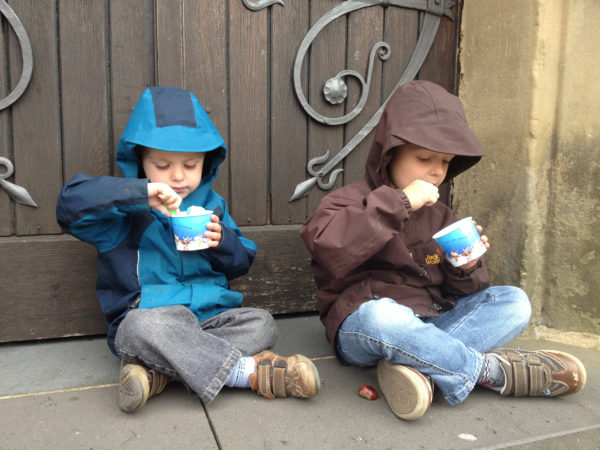Generally, children with ADHD will experience challenges with impulse control, thinking and planning and completing tasks once commenced. These things will have an impact upon the child’s ability to interact with others. It will be important to provide opportunities and modelling of these skills. If you are able to guide your child on this journey of development they will gradually acquire these skills and perform these functions on their own. Remember they are not choosing to be this way they just don’t understand how to do what is required at this point in time.

Let’s have look at some of the behaviours that your child with ADHD might exhibit and some strategies that may be of benefit:
Instructions
You may think your child is ignoring or disobeying you when you give an instruction, but often it is because they don’t hear you. Gain their attention first by saying their name, by being physically close to them, gaining eye contact and then give the instruction. Depending on the age of your child you may need to undertake the instruction with them in the first instance to model it for them, so they understand what you want.
Impulsivity
Your child may demand your attention at inappropriate times, interrupt conversations and/or intervene where they are not wanted in play situations. To manage this you can use ‘wait time’ teaching your child that you are busy now but you will speak with them in a minute. If they need a further way of managing this set a timer clock for the period of time you have indicated. Intervening in other children’s play can cause challenges to developing friendships. You can teach this skill by playing turn taking games, modelling ‘asking’ to join in their games.
Hyperactivity
If your child is on the go consistently they have the potential to disrupt all of those around them. This can result in unintentional risky behaviour that may cause harm to themselves or others and limit their potential to interact with others. One way of managing this is to have identified places for activities to occur and to keep this predictable. Children with ADHD respond well when a structure is put in place.
Sleep
Many parents report that it is difficult to get their child with ADHD into bed and then for them to fall asleep. Establish a routine for the bedtime activity. Reduce overstimulating activities prior to bedtime. Television and computer time should be restricted in the evenings and it is advisable not to have electronic devices in your child’s bedroom. Establishing a good sleep pattern will allow your child to be refreshed and ready to manage the demands of the following day.
It is important to help your child to develop these skills early. ADHD can be managed and is not an excuse for inappropriate behaviour. If your child has a further learning disability such as Autism Spectrum Disorder(ASD) or an Intellectual Disability(ID) this may compound your management of the ADHD symptoms and further strategies will need to be put in place.